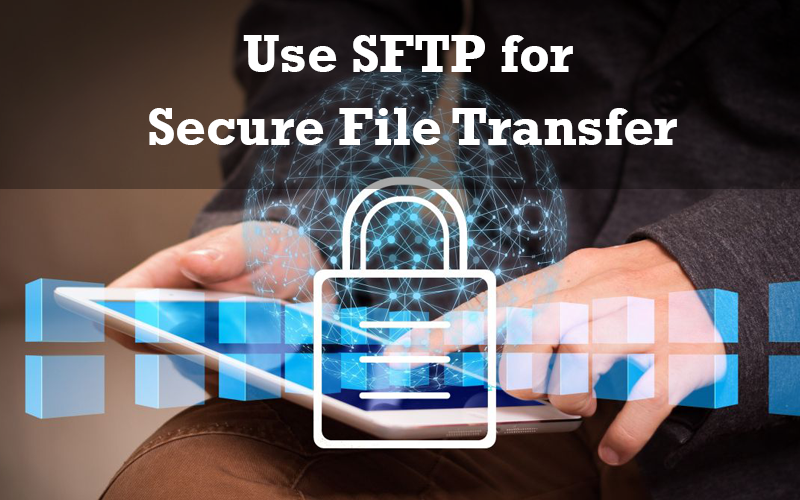For a long time, FTP has been a familiar and widely used method of transferring files between remote users. However, it no longer meets international safety standards. As a result, an increasing number of businesses are opting for the SFTP protocol, which completely meets the needs of VPS owners in terms of secure data exchange.
SFTP is a network protocol that allows access to the following resources:
- to files on a remote server
- to transfer files between servers regardless of distance
- to manage remote files via a dependable stream
The Internet Engineering Task Force (IETF) developed a secure way to work with remote SFTP files to extend the SSH protocol for faster file transfer. Even though it is described in the context of SSH, the format and capabilities allow it to be used for various applications, such as secure data transfer over TLS or VPN applications.
SFTP secures files through encryption and cryptographic functions, preventing password interception and hacker attacks. This protocol must identify both the server and the user when attempting to transfer data. The ability to resume interrupted transmission, display a list of directories, and delete data at a distance is an additional feature for the SFTP client.
Advantages of Using SFTP
To begin using the SFTP protocol, the user must first install an SFTP client and then contact the provider to request an SFTP server.
An SFTP client is software that allows users to connect to a server. The software also downloads files for storage on the server and remotely retrieves them from the server for use on your computer later.
The SFTP server is a volume on the server where data is stored and can be received. The server uses the SSH protocol to transfer files securely. An application developer, for example, can upload updates to an SFTP server so that buyers can download files using an SFTP client. A large corporation’s headquarters can also upload accounting documentation to an SFTP server so that representatives from various branches around the world can become acquainted with it.
When Should You Use SFTP?
Some users appreciated the SFTP protocol’s ability to supplement VPN. Both the first and second systems are intended to protect data. SFTP, on the other hand, is a set of rules and conventions, whereas VPN is a file transfer tunnel. You can achieve maximum security by transferring data using the SFTP protocol over a VPN.
The Benefits of SFTP
Rapidity
- SFTP servers allow for the simple and quick transfer of “heavy” files. Multiple files can be sent or received by the client simultaneously. That saves time.
Safety
- Files are encrypted as they are stored, transmitted, and received. The user can only perform manipulations if an access right is confirmed by a password or a portion of the key.
Management simplicity
- SFTP allows for simple server management via a web interface or client.
SFTP and firewalls work well together
- Commands and files are sent over the port 22 connection. It is included in the security settings of security screens.
Final Say
Users must ensure the security of SSH keys when using the SFTP protocol. To secure the connection between hosts, carefully select your provider. A dependable hoster provides 24-hour technical support as well as automation of SSH life cycles.
For a long time, FTP has been a familiar and widely used method of transferring files between remote users. However, it no longer meets international safety standards. As a result, an increasing number of businesses are opting for the SFTP protocol, which completely meets the needs of VPS owners in terms of secure data exchange.
SFTP is a network protocol that allows access to the following resources:
- to files on a remote server
- to transfer files between servers regardless of distance
- to manage remote files via a dependable stream
The Internet Engineering Task Force (IETF) developed a secure way to work with remote SFTP files to extend the SSH protocol for faster file transfer. Even though it is described in the context of SSH, the format and capabilities allow it to be used for various applications, such as secure data transfer over TLS or VPN applications.
SFTP secures files through encryption and cryptographic functions, preventing password interception and hacker attacks. This protocol must identify both the server and the user when attempting to transfer data. The ability to resume interrupted transmission, display a list of directories, and delete data at a distance is an additional feature for the SFTP client.






